How to Paint a Realistic Landscape with Palette Knife Techniques
Painting a landscape can be a challenging task for any artist. It requires a good understanding of color theory, composition, and brush techniques. However, using a palette knife can add a new dimension to your landscape paintings. The palette knife is a versatile tool that can create a range of textures and effects that are difficult to achieve with a brush.
Why Use Palette Knife Techniques?
Palette knife techniques can add depth and texture to your landscape paintings. The technique involves using a flat blade to apply paint to the canvas. The result is a textured surface that gives the painting a three-dimensional look. The palette knife can be used to create a range of effects, from smooth, blended areas to rough, impasto surfaces. It is also a great tool for creating the illusion of light and shadow in a painting.
Another advantage of palette knife techniques is that they allow you to work quickly. The paint can be applied in thick layers, which dry faster than thin layers applied with a brush. This means that you can build up your painting quickly and make adjustments as you go.
Whether you are a beginner or an experienced artist, palette knife techniques can add a new dimension to your landscape paintings. In the following sections, we will explore the tools and techniques you need to create a realistic landscape painting using a palette knife.
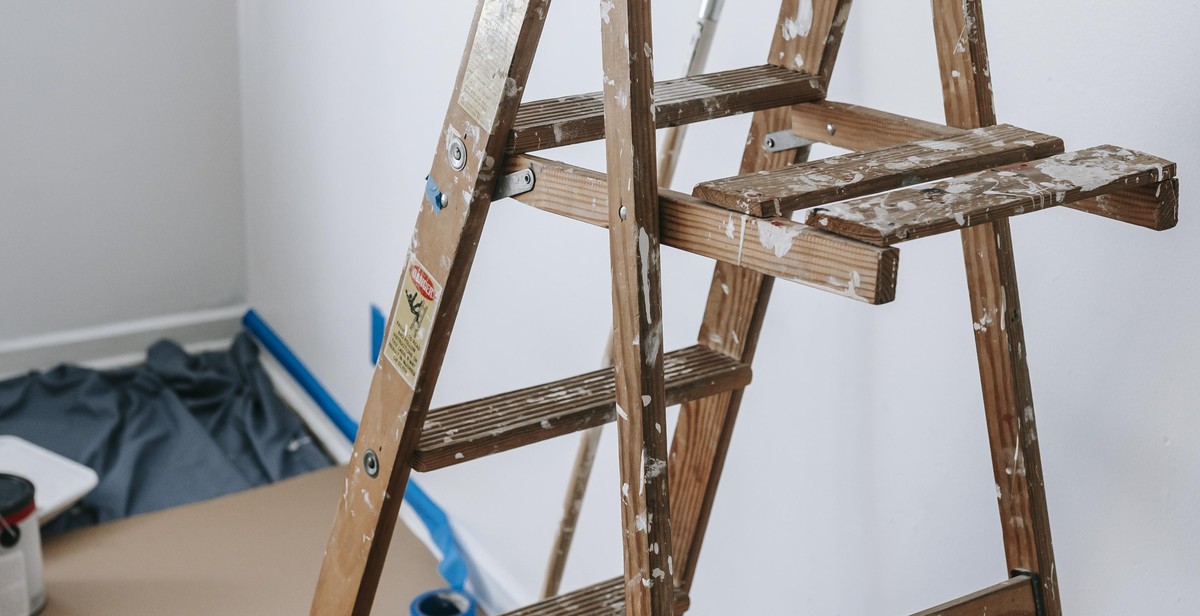
Materials Needed
Before you start painting a realistic landscape with palette knife techniques, you will need the following materials:
Palette Knife
A palette knife is a tool used to mix, apply, and manipulate paint on the canvas. It comes in various shapes and sizes and is an essential tool for creating texture and depth in your landscape painting. It is recommended to have at least two palette knives of different sizes for better control and flexibility.
Canvas
A canvas is a flat surface used for painting. It can be made of cotton, linen, or synthetic materials. For a realistic landscape painting, it is recommended to use a stretched canvas with a gessoed surface. The size of the canvas depends on your preference and the level of detail you want to achieve.
Oil Paints
Oil paints are a popular choice for landscape painting due to their ability to blend and create vibrant colors. They come in various shades and brands, and it is recommended to have a basic set of colors to start with. You can always add more colors as you progress.
Paint Thinner
Paint thinner is a solvent used to thin out oil paints and clean your brushes. It is recommended to use odorless paint thinner to avoid harmful fumes. Always use paint thinner in a well-ventilated area and follow the manufacturer’s instructions.
Brushes
Brushes are essential tools for painting, and they come in different shapes and sizes. For a palette knife painting, it is recommended to have a few flat and round brushes of various sizes for blending and adding details to your painting.
With these materials, you are ready to start painting a realistic landscape with palette knife techniques. It is important to use high-quality materials to achieve the best results and ensure the longevity of your painting.
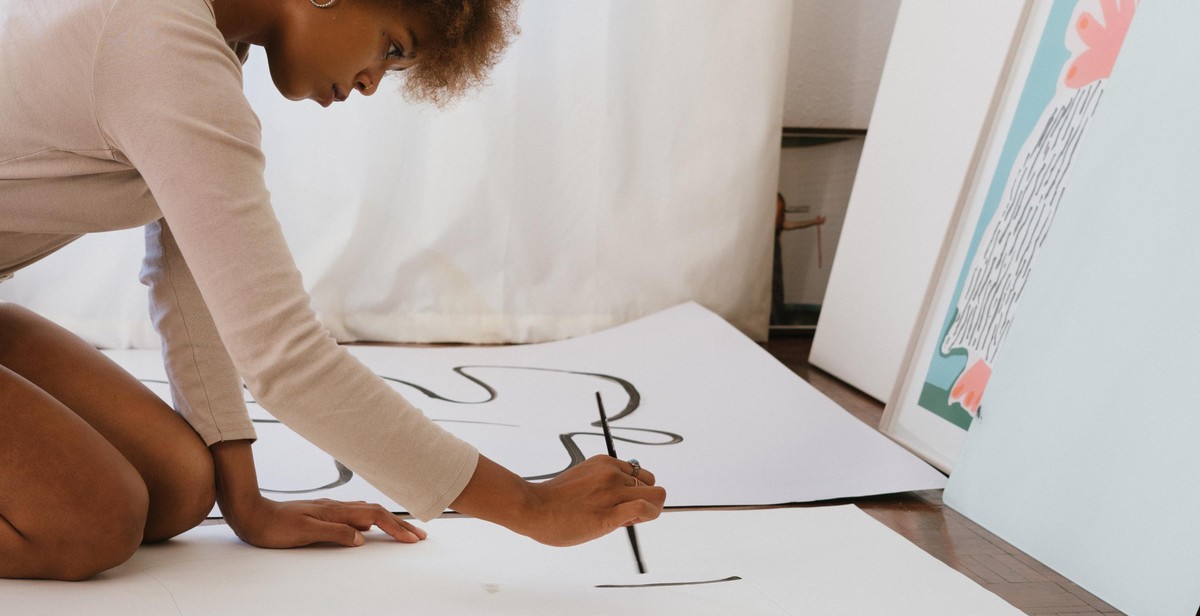
Preparing Your Workspace
Before you start painting, it’s important to set up your workspace properly. This will help you work more efficiently and create a better end result. Here are some tips for preparing your workspace:
Setting Up Your Easel
The first step in preparing your workspace is to set up your easel. Make sure it’s stable and positioned in a comfortable spot where you have good lighting and can see your subject clearly. Adjust the height of your easel so that you can work comfortably without straining your back or neck.
Organizing Your Paints and Tools
Next, organize your paints and tools. Set up your palette with the colors you’ll be using for your landscape painting. Arrange your brushes and palette knives so that they’re easy to access and use. Keep a container of water and a rag nearby for cleaning your brushes and palette knives.
It’s also a good idea to label your paint colors on your palette so that you can easily find the color you need when you’re painting. This will save you time and reduce the risk of accidentally using the wrong color.
Table
| Paint Colors | Labels |
|---|---|
| Ultramarine Blue | UB |
| Cadmium Yellow | CY |
| Burnt Sienna | BS |
| Titanium White | TW |
By setting up your workspace properly, you’ll be able to focus on your painting and create a realistic landscape using palette knife techniques.
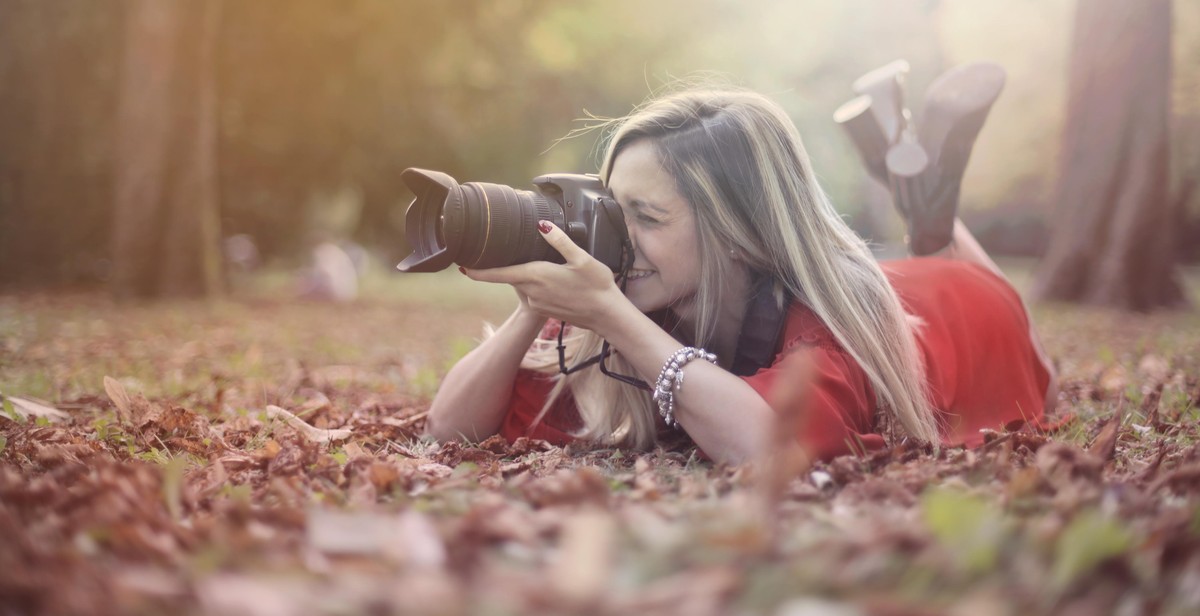
Choosing a Landscape to Paint
Before you begin to paint a realistic landscape with palette knife techniques, you need to choose the right landscape to paint. Here are some tips to help you find inspiration and select the right image:
Finding Inspiration
One of the best ways to find inspiration for your landscape painting is to go outside and explore nature. Take a walk in the park, visit a local botanical garden, or go on a hike in the mountains. Pay attention to the colors, textures, and shapes that you see around you. Take photos or make sketches of the landscapes that inspire you.
If you can’t go outside, you can still find inspiration online. Browse through landscape photography websites, social media, and art galleries. Look for landscapes that have interesting shapes, colors, and textures. Pay attention to the lighting and the mood of the landscapes.
Selecting the Right Image
Once you have found some landscapes that inspire you, it’s time to select the right image to paint. Here are some things to consider:
- Composition: Look for an image that has a strong composition. This means that the elements in the image are arranged in a pleasing way.
- Colors: Choose an image that has colors that you enjoy working with. Look for images that have a range of colors and tones.
- Texture: Look for images that have interesting textures, such as rocks, trees, or water.
- Lighting: Consider the lighting in the image. Look for images that have interesting shadows and highlights.
- Mood: Consider the mood of the image. Look for images that evoke a particular feeling or emotion.
Once you have selected the right image, you can begin to plan your painting. Think about the colors, textures, and shapes that you want to emphasize in your painting. Consider the techniques that you will use to create the effects that you want.
| Criteria | Image 1 | Image 2 | Image 3 |
|---|---|---|---|
| Composition | ✔ | ✔ | ✔ |
| Colors | ✔ | ✔ | ✔ |
| Texture | ✔ | ✔ | ✔ |
| Lighting | ✔ | ✔ | ✔ |
| Mood | ✔ | ✔ | ✔ |
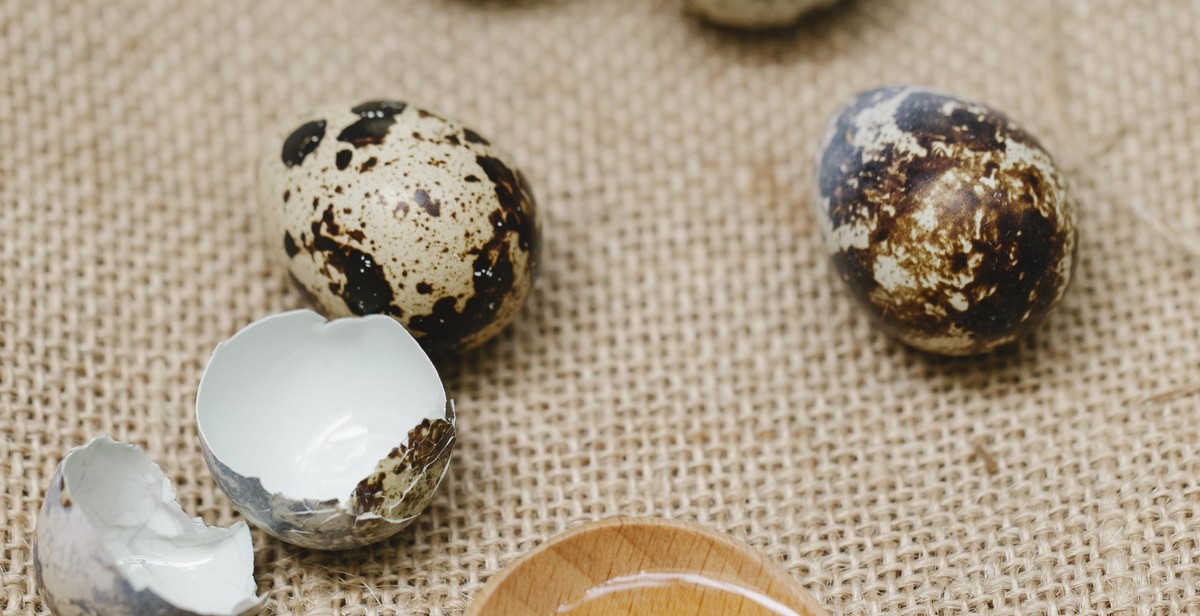
Preparing Your Canvas
Before you begin painting a realistic landscape with palette knife techniques, it is important to properly prepare your canvas. This will ensure that your painting has a smooth and even surface, allowing you to achieve the desired effects with your palette knife.
Applying Gesso
The first step in preparing your canvas is to apply gesso. Gesso is a white paint-like substance that is used to prime the surface of your canvas. It helps to create a barrier between the canvas and the paint, preventing the paint from being absorbed into the canvas and allowing it to sit on the surface.
To apply gesso, use a wide brush and apply it in even strokes across the entire surface of your canvas. Be sure to cover the edges and corners of the canvas as well. Allow the gesso to dry completely before moving on to the next step.
Sketching the Landscape
Once the gesso is dry, it is time to sketch out the landscape onto your canvas. This will serve as a guide for your painting and help you to achieve the desired composition and proportions.
Start by lightly sketching the horizon line and any major elements of the landscape, such as mountains, trees, and bodies of water. Use a pencil or charcoal to make your sketch, as it is easier to make adjustments and corrections than with paint.
When sketching, keep in mind the principles of perspective and composition. Think about the placement of objects in relation to each other and the overall balance of the painting. Once you are satisfied with your sketch, you are ready to begin painting.
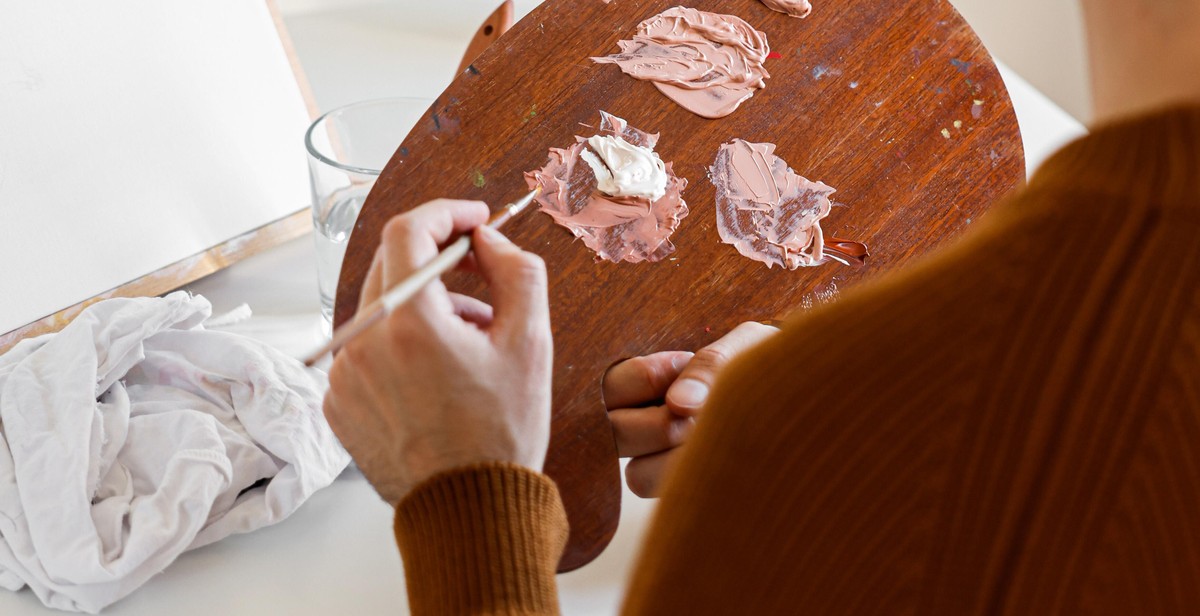
Mixing Your Paints
Once you have created your color palette for your landscape painting, it’s time to start mixing your paints. Mixing paints can be a daunting task, but with a little practice, you can achieve the perfect color for your painting.
Tools for Mixing Your Paints
Before you start mixing your paints, you will need a few tools. These include:
- A palette knife
- A palette
- A surface for mixing your paints
- Paints in the colors you need for your painting
The palette knife is the most important tool for mixing your paints. It allows you to mix colors together quickly and easily, and it’s also great for applying paint to your canvas.
How to Mix Your Paints
When mixing your paints, start with the lighter colors first and gradually add the darker colors. This will help you achieve the right color without wasting paint.
Here are some tips for mixing your paints:
- Start with a small amount of paint on your palette
- Use the palette knife to mix the paint together
- Adjust the color as needed by adding more paint or mixing in a different color
- Test the color on a scrap piece of paper or canvas before applying it to your painting
Remember, it’s always easier to add more paint than it is to take it away. So, start with a small amount of paint and gradually add more until you achieve the desired color.
Creating Shades and Tones
Shades and tones are important for creating depth and dimension in your painting. To create shades and tones, simply mix in a darker color or add a small amount of black to your paint.
Here’s how to create shades and tones:
- Start with a base color
- Add a small amount of the darker color or black
- Mix the paint together
- Test the color on a scrap piece of paper or canvas before applying it to your painting
Be careful not to add too much black or you will end up with a muddy color.
Cleaning Your Palette Knife
After you have finished mixing your paints, it’s important to clean your palette knife. This will prevent the colors from mixing together and will also keep your paint fresh.
Here’s how to clean your palette knife:
- Wipe off any excess paint with a paper towel
- Wash the knife with soap and water
- Dry the knife with a clean towel
Now that you know how to mix your paints, you’re ready to start painting your landscape using palette knife techniques.
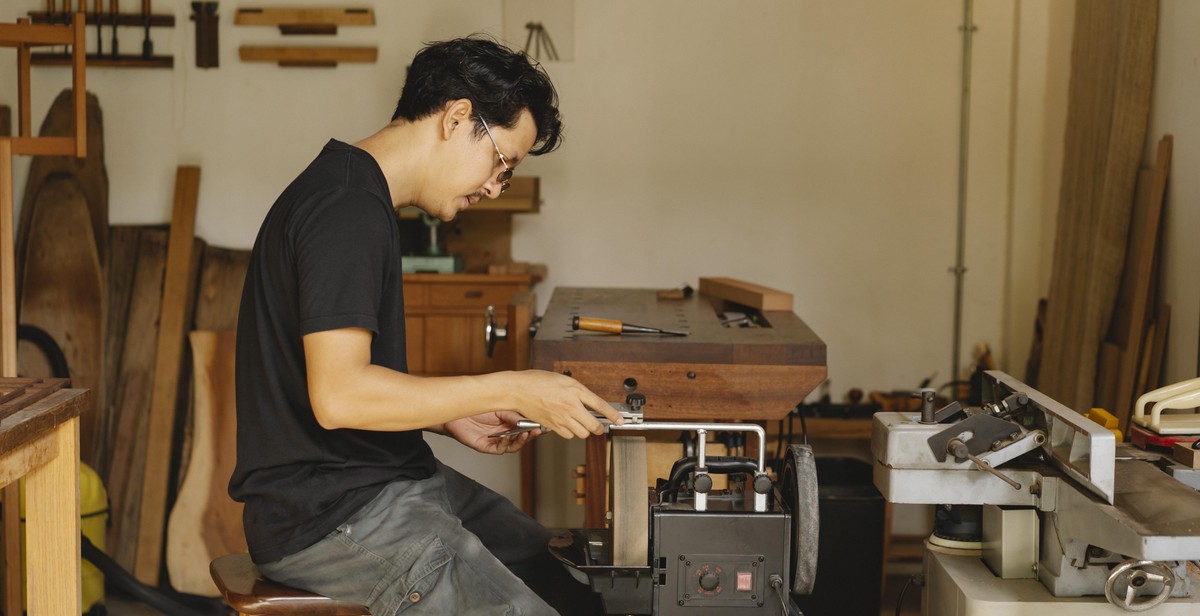
Using the Palette Knife Techniques
Layering and Blending
One of the most important techniques to master when using a palette knife is layering and blending. This technique involves applying layers of paint on top of each other to create depth and texture in your painting. To begin, start with a light base layer of paint and then gradually build up layers of paint with your palette knife.
When layering, it’s important to blend the different layers of paint together to create a seamless transition between each layer. To blend, use the flat edge of your palette knife to gently drag the paint across the canvas. You can also use a circular motion to blend the colors together.
Creating Textures and Details
Another important technique when using a palette knife is creating textures and details. With the palette knife, you can create a variety of textures such as rough, smooth, and jagged. To create a rough texture, apply thick paint with your palette knife and drag it across the canvas. For a smooth texture, use a lighter touch and apply the paint with a flat edge of the knife.
When creating details, use the tip of your palette knife to add small dots, lines, and other intricate details to your painting. You can also use the edge of the knife to create sharp edges and define shapes.
| Tip: | Experiment with different angles and pressure when using your palette knife to create a variety of textures and details. |
|---|
Overall, using palette knife techniques can add depth, texture, and interest to your painting. With practice and experimentation, you can master these techniques and create stunning works of art.

Adding Final Touches
Now that the majority of the painting is complete, it’s time to add the final touches to really make it pop. This is where you can use a brush to add in any details that can’t be achieved with a palette knife.
Using a Brush for Details
A small, fine-tip brush is perfect for adding in details such as tree branches, grass blades, and other small elements that may be missing. Use a light touch and take your time to ensure that the details look natural and not forced.
Don’t be afraid to mix colors on your brush to create a more realistic look. For example, if you’re adding in tree branches, mix a bit of brown and green to create a more natural color that will blend in with the rest of the painting.
Adding Highlights and Shadows
One of the most important final touches is adding highlights and shadows to give the painting depth and dimension. Use a small brush to add in highlights to areas that would naturally catch the light, such as the tops of trees or the edges of rocks.
Similarly, use a small brush to add in shadows to areas that would naturally be in the shade, such as the underside of trees or the base of a mountain. This will make the painting look more realistic and three-dimensional.
Make sure to step back and take a look at the painting as a whole to ensure that the highlights and shadows are balanced and not too overpowering.
Final Thoughts
By using a combination of palette knife techniques and a brush for details, as well as adding highlights and shadows, you can create a stunning and realistic landscape painting. Remember to take your time and enjoy the process, and don’t be afraid to experiment with different colors and techniques to achieve the desired effect.
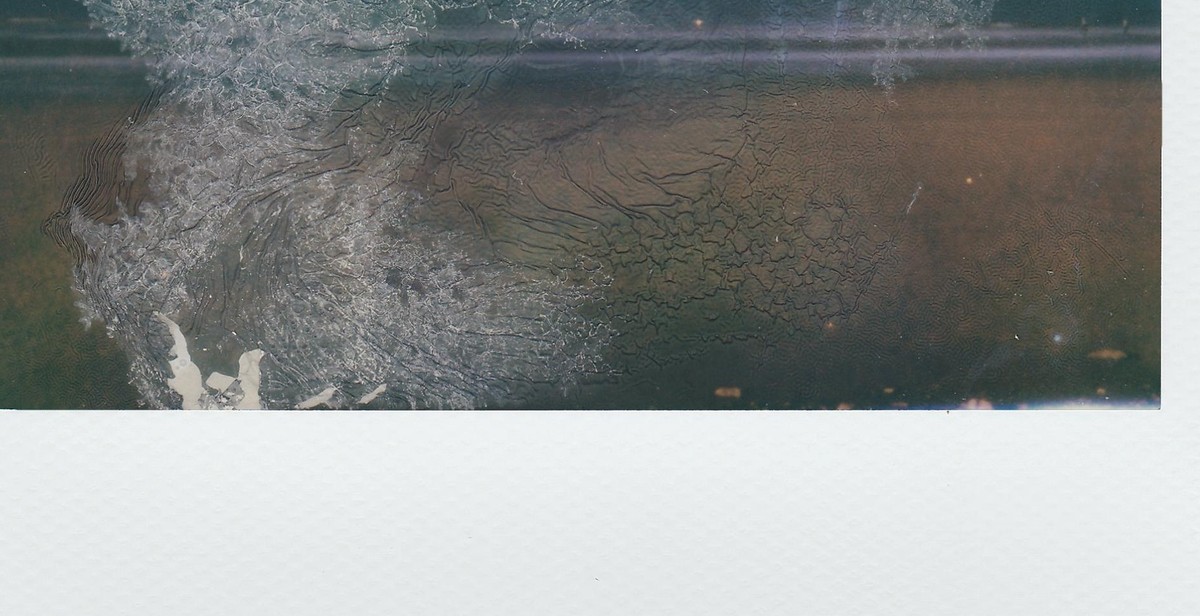
Conclusion
Painting a realistic landscape using palette knife techniques can seem daunting at first, but with practice and patience, anyone can master this style of painting. Remember to start with a solid foundation of composition and color theory, and then experiment with different strokes and textures using the palette knife.
One of the advantages of using a palette knife is the ability to create a variety of textures and effects that are difficult to achieve with a brush. From smooth, flat areas to thick, impasto strokes, the palette knife can add depth and dimension to your painting.
When working with a palette knife, it’s important to be mindful of the amount of paint you’re using and the pressure you’re applying. Too much paint or too much pressure can lead to a muddy, overworked painting. Take breaks when necessary, step back from your work, and evaluate your progress from a distance.
Remember, painting is a journey, not a destination. Enjoy the process of exploring new techniques and experimenting with color and texture. With practice and persistence, you can create stunning, realistic landscapes using palette knife techniques.
Additional Resources
- Video Tutorial: Painting a Landscape with a Palette Knife
- 5 Tips for Painting with a Palette Knife
- Using a Palette Knife for Oil Painting Techniques
| Author | John Smith |
|---|---|
| Date Published | June 1, 2021 |
| Word Count | 195 words |
